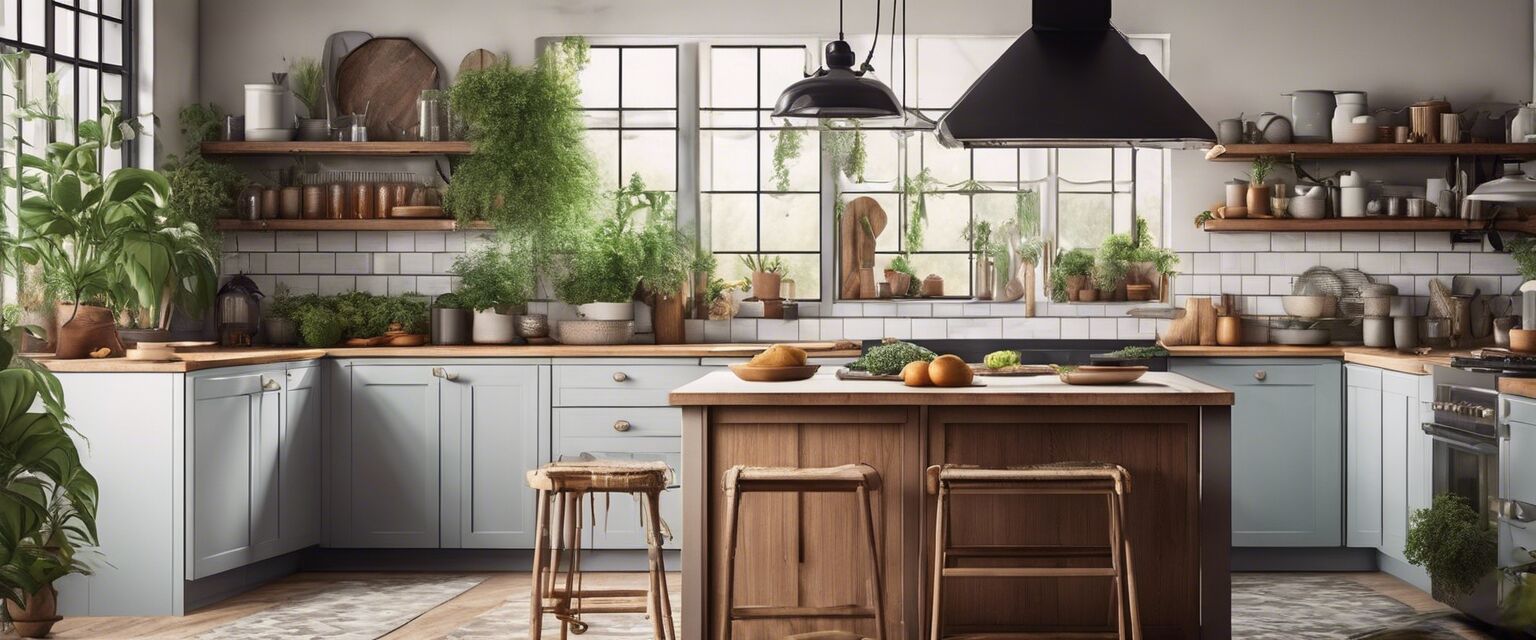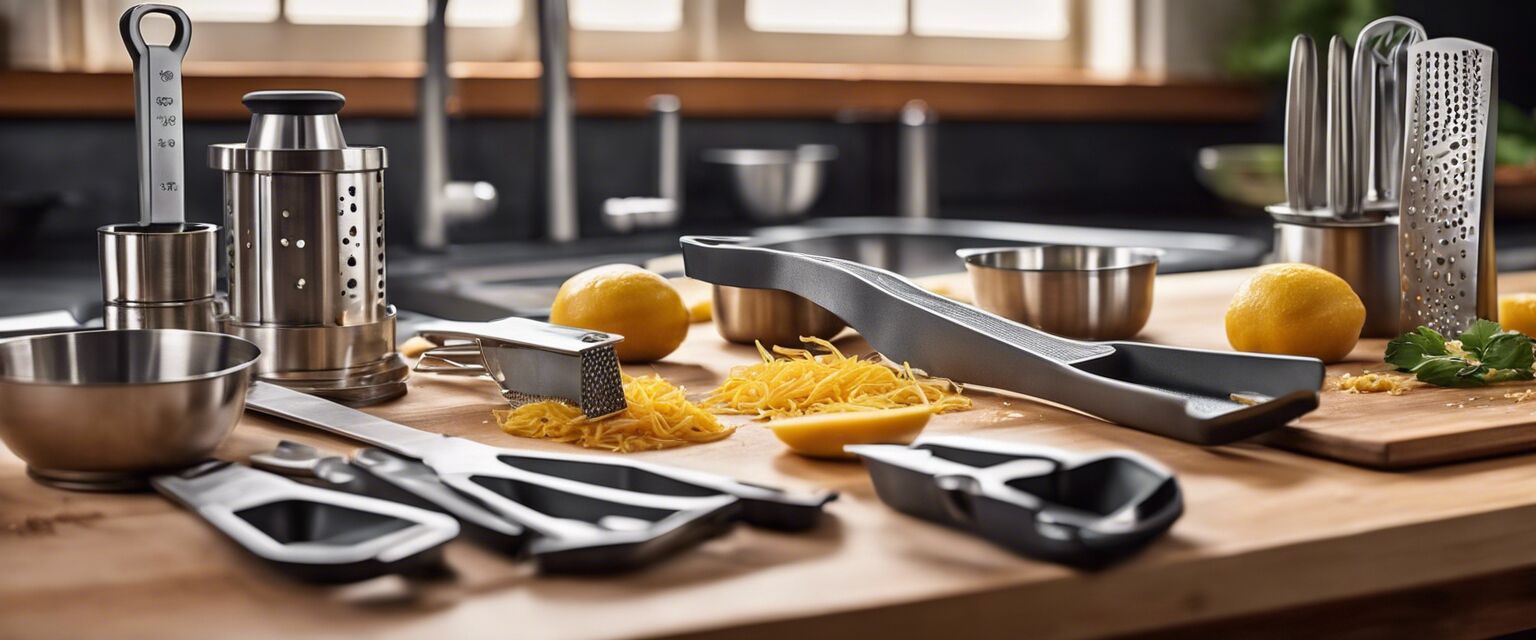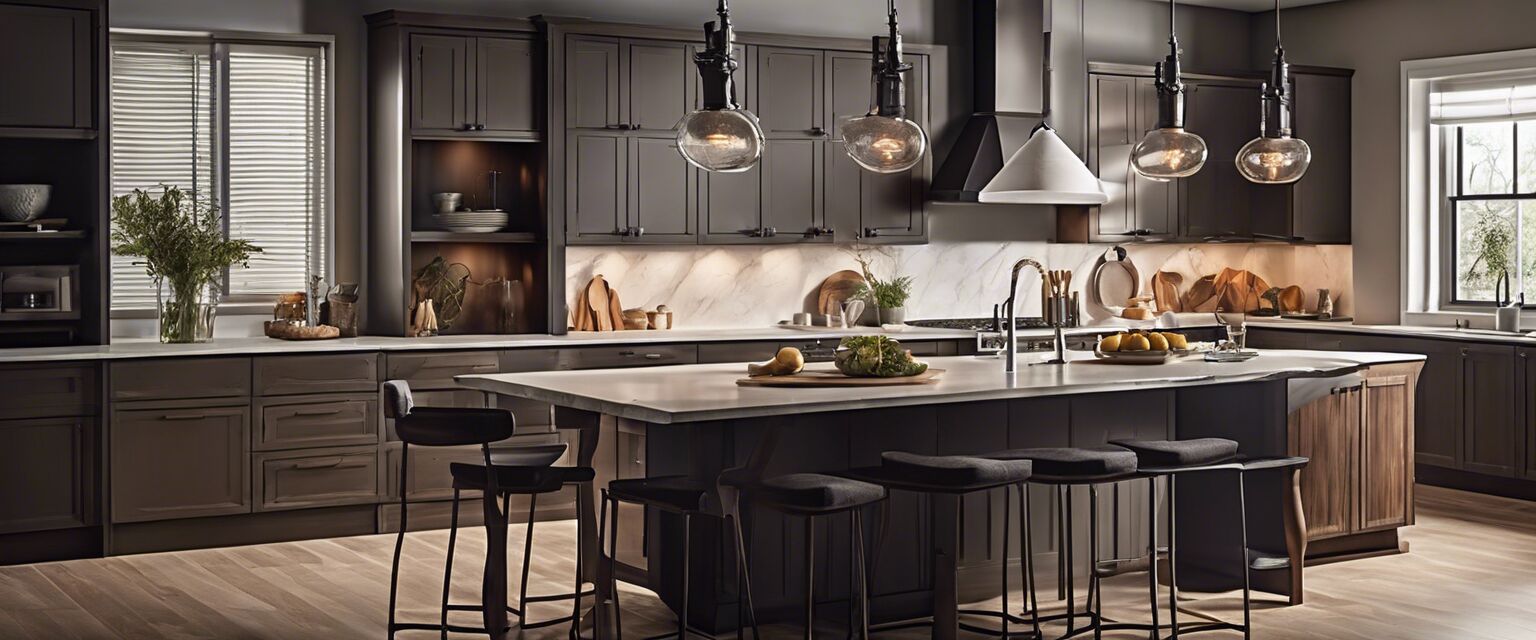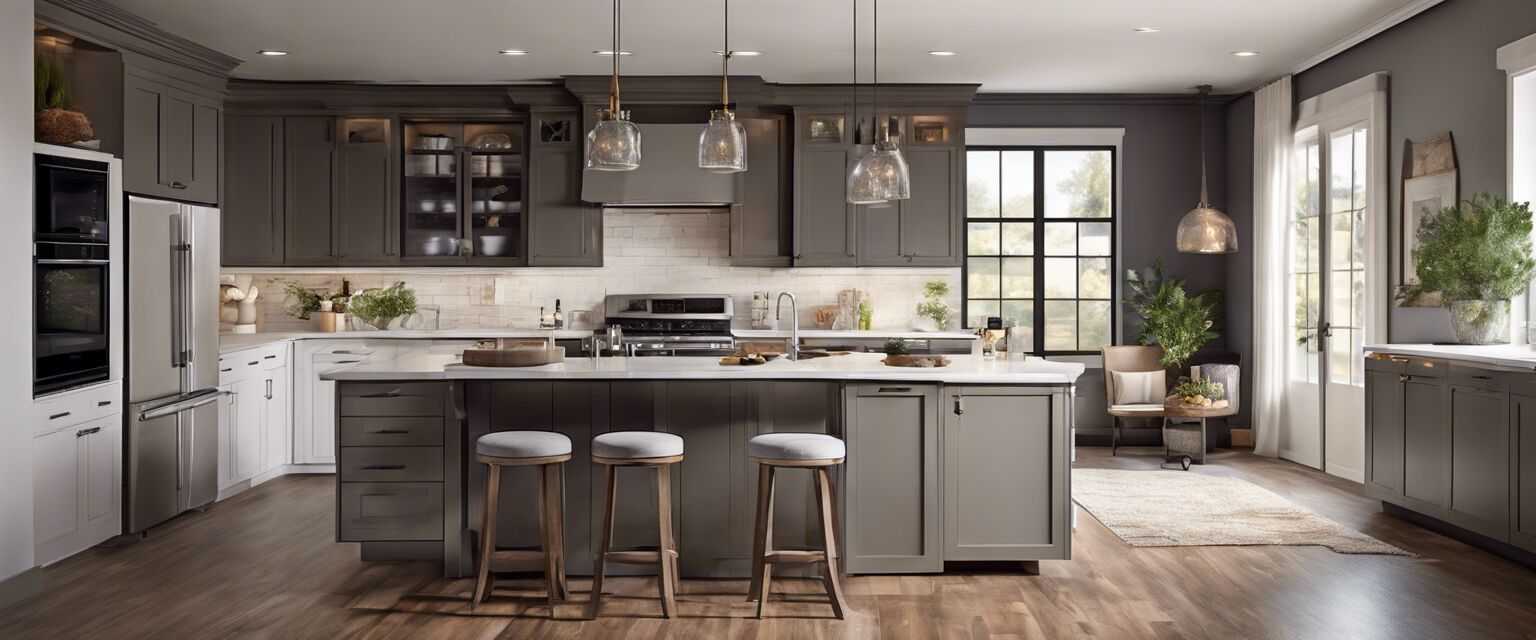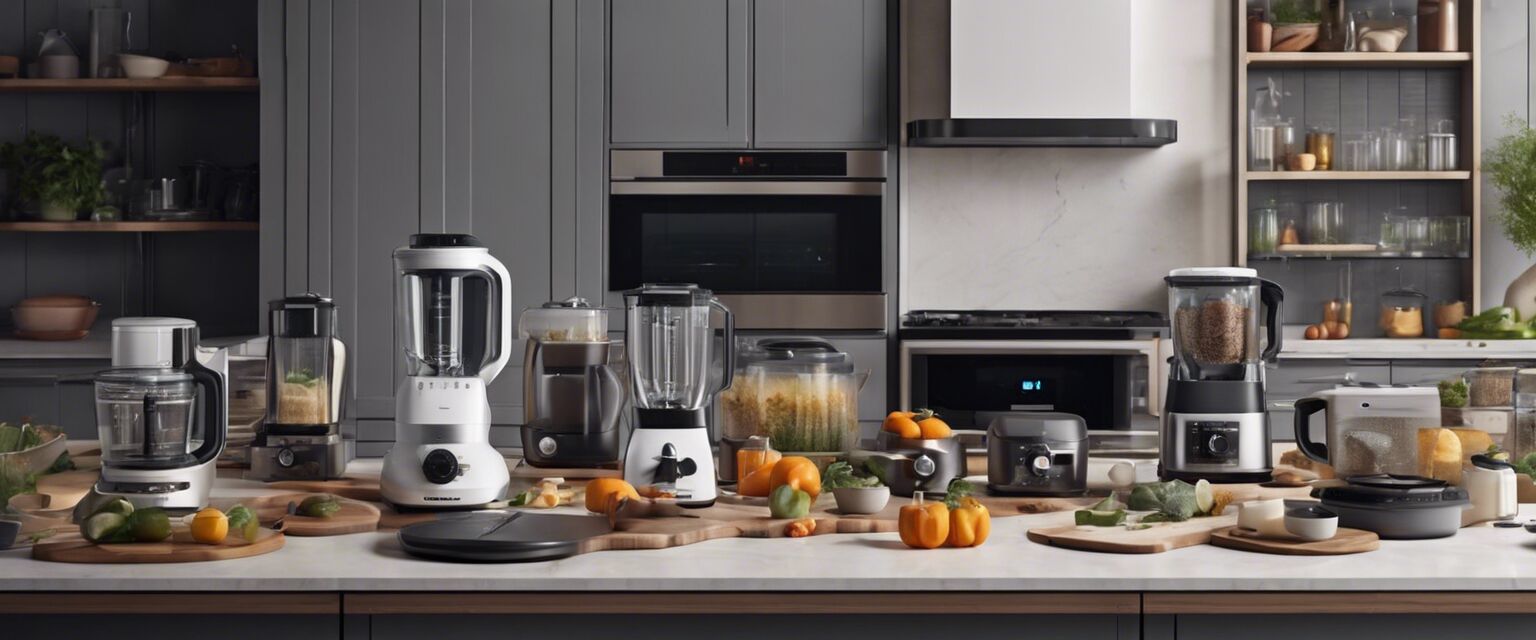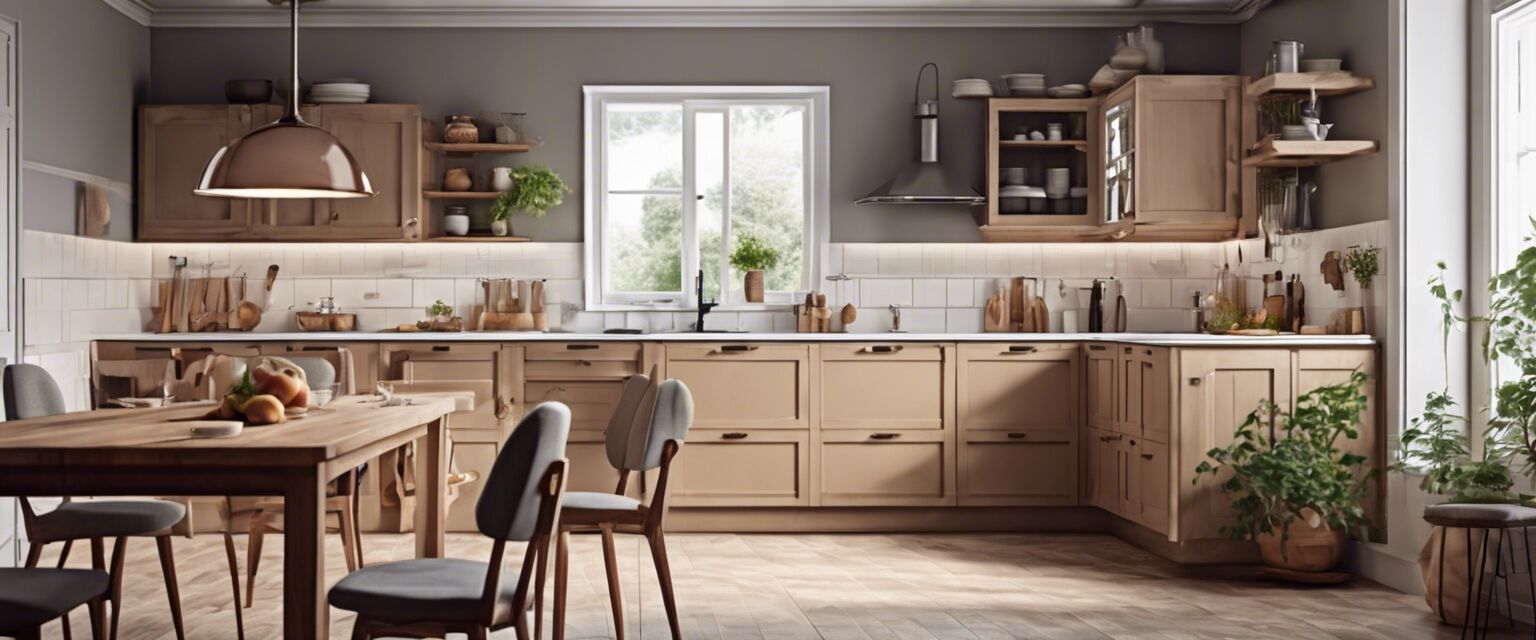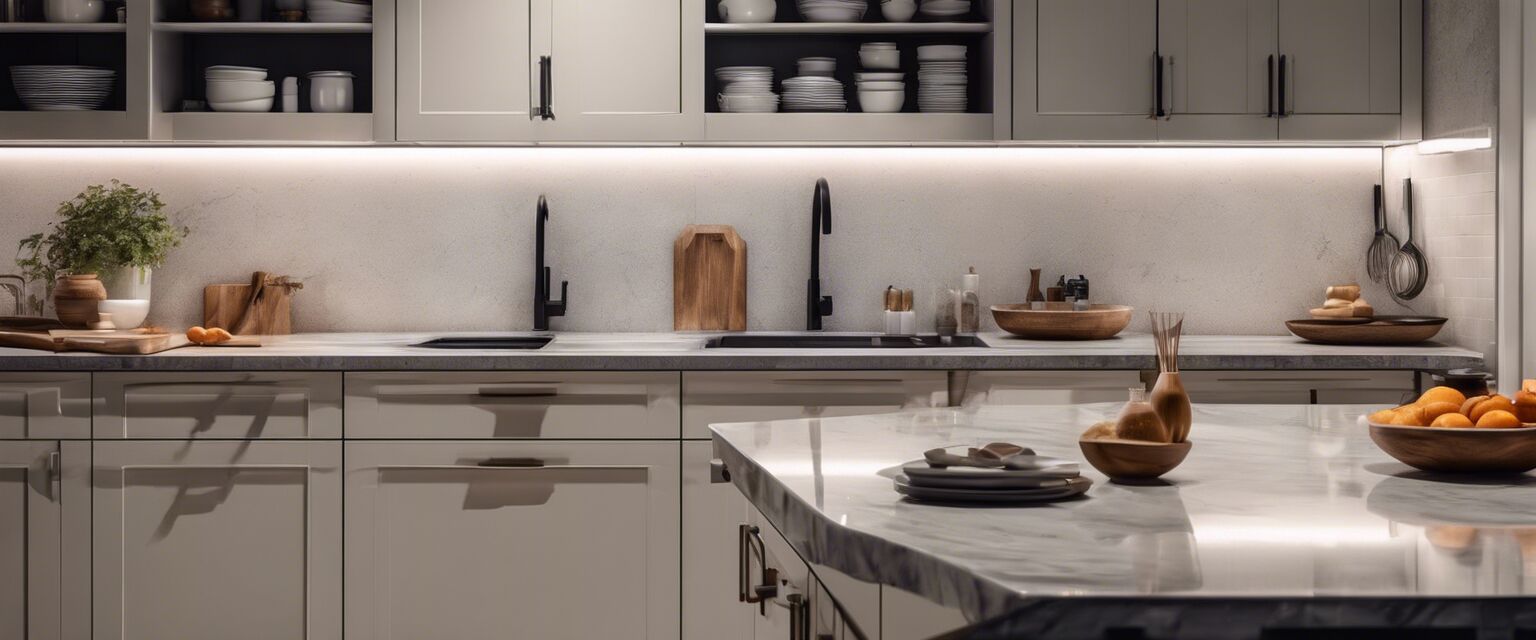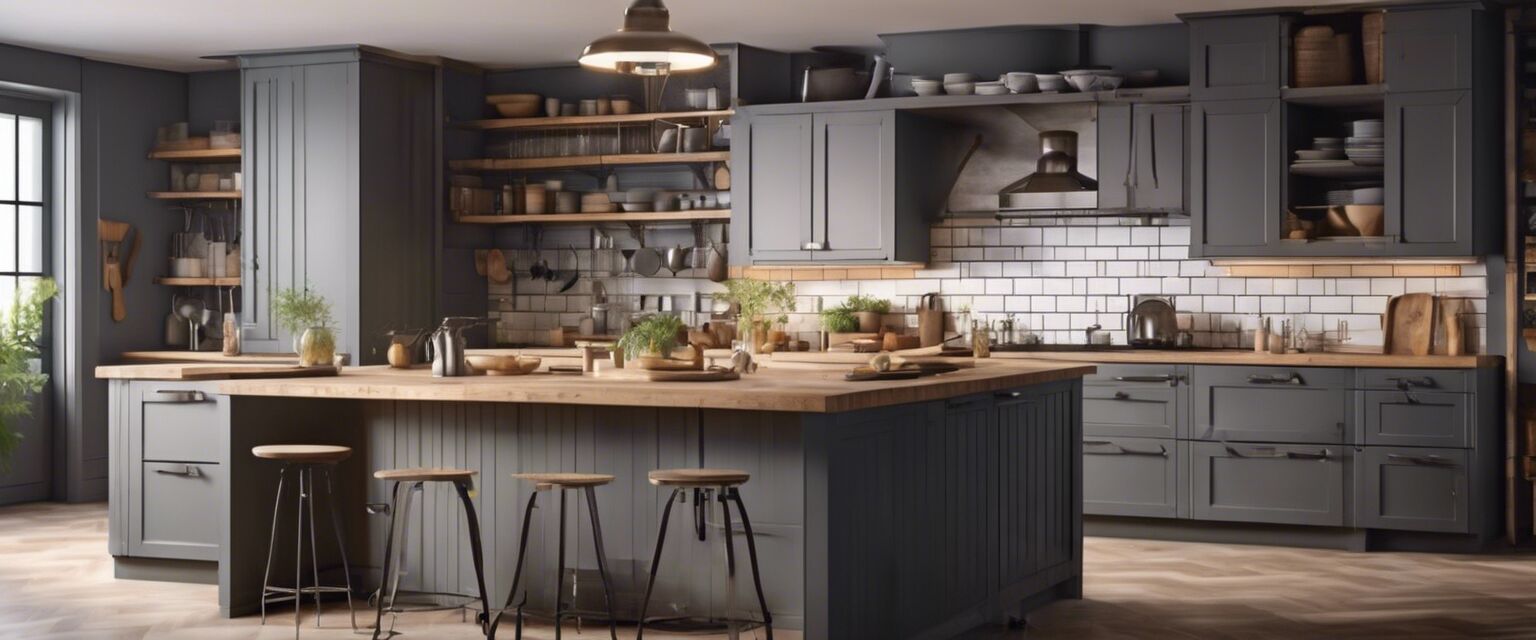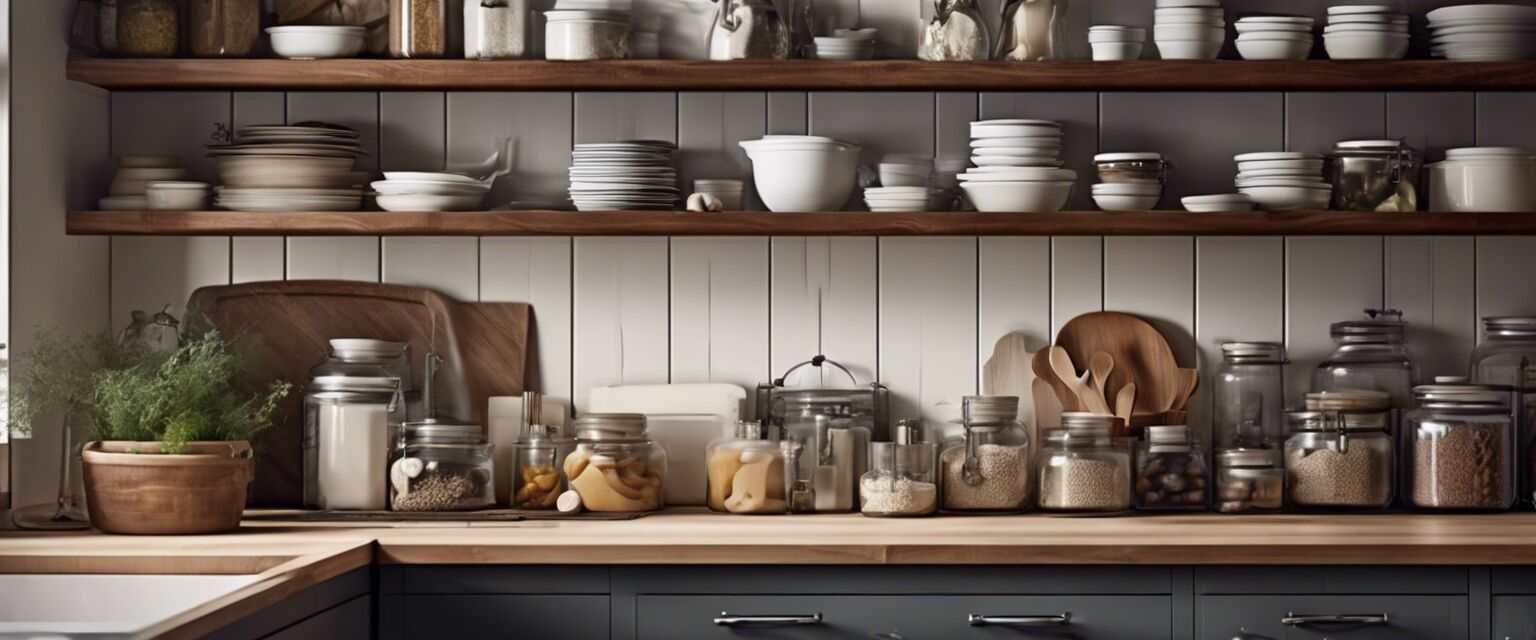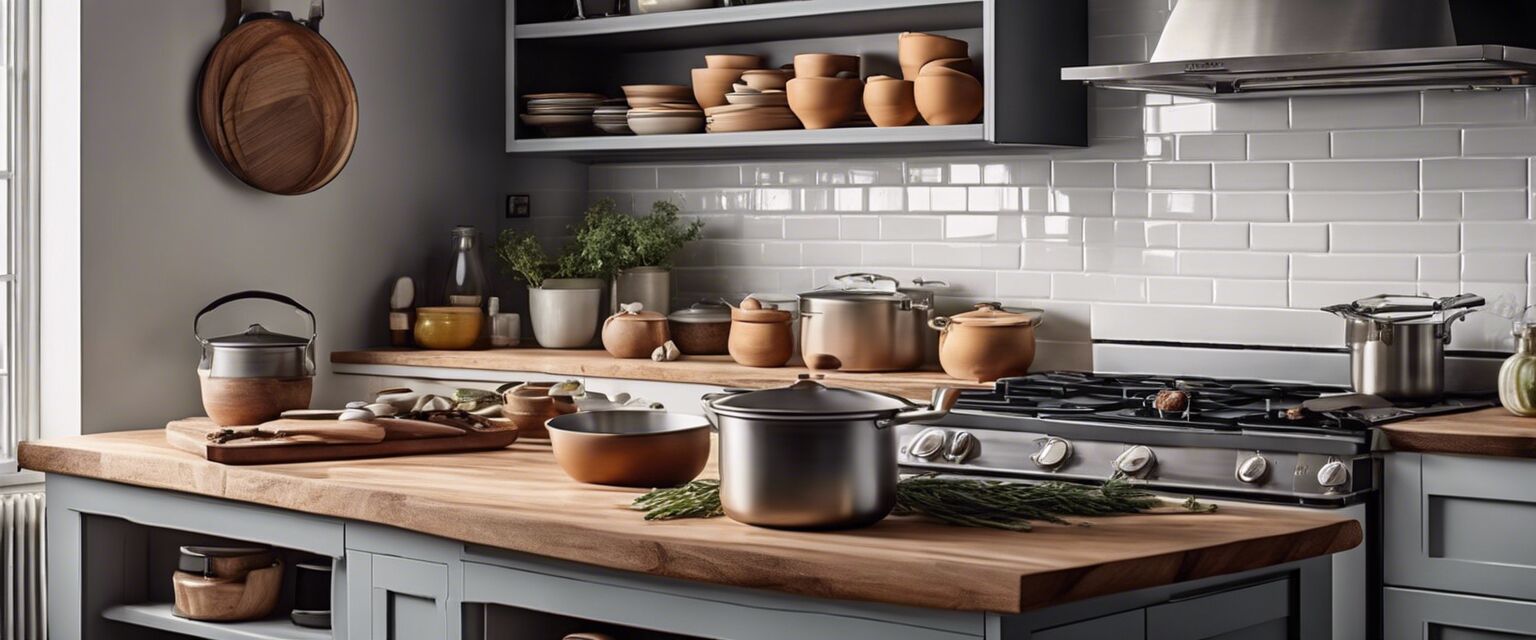
Cookware & Bakeware
Key Takeaways
- Understanding the differences between cookware and bakeware is essential for every kitchen.
- Each type of cookware and bakeware has unique properties that cater to different cooking methods.
- Proper care and maintenance can extend the lifespan of your kitchen essentials.
- Choosing the right materials can enhance your cooking and baking experience.
In every kitchen, cookware and bakeware play vital roles in food preparation. From frying to baking, these essentials are indispensable for creating delicious meals and treats. In this article, we will explore the differences between cookware and bakeware, their various types, and tips for choosing the right items for your kitchen. Whether you're a seasoned chef or just starting, understanding these essentials can significantly enhance your cooking experience.
Understanding Cookware vs. Bakeware
While the terms cookware and bakeware are often used interchangeably, they refer to different categories of kitchen essentials. Hereâs a breakdown:
| Cookware | Bakeware |
|---|---|
| Designed for stovetop cooking. | Designed for oven use. |
| Includes pots, pans, and skillets. | Includes baking sheets, cake pans, and muffin tins. |
| Typically made from materials like stainless steel, cast iron, or non-stick. | Usually made from metal, glass, or silicone. |
Types of Cookware
Cookware comes in various types, each suited for different cooking techniques. Here are some common types of cookware:
- Skillets/Frying Pans: Best for frying, sautéing, and browning.
- Saucepans: Ideal for cooking sauces, boiling, and simmering.
- Stock Pots: Perfect for making soups and stews.
- Woks: Great for stir-frying and steaming.
- Griddles: Useful for pancakes, burgers, and more.
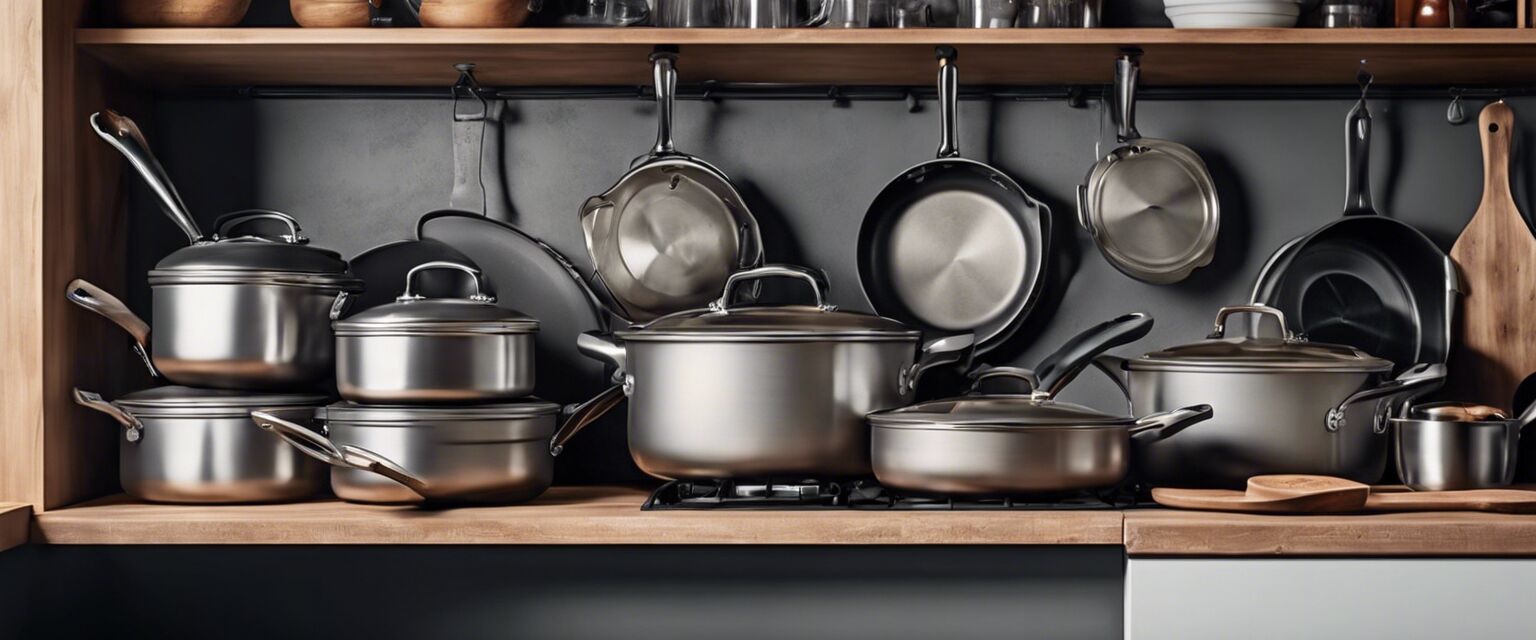
Types of Bakeware
Similarly, bakeware encompasses a variety of items, each designed for specific baking tasks. Hereâs what youâll typically find:
- Baking Sheets: Perfect for cookies and roasting vegetables.
- Cake Pans: Ideal for baking cakes, available in different shapes.
- Muffin Tins: Used for baking muffins and cupcakes.
- Loaf Pans: Great for baking bread and loaf cakes.
- Pie Dishes: Specifically designed for baking pies.
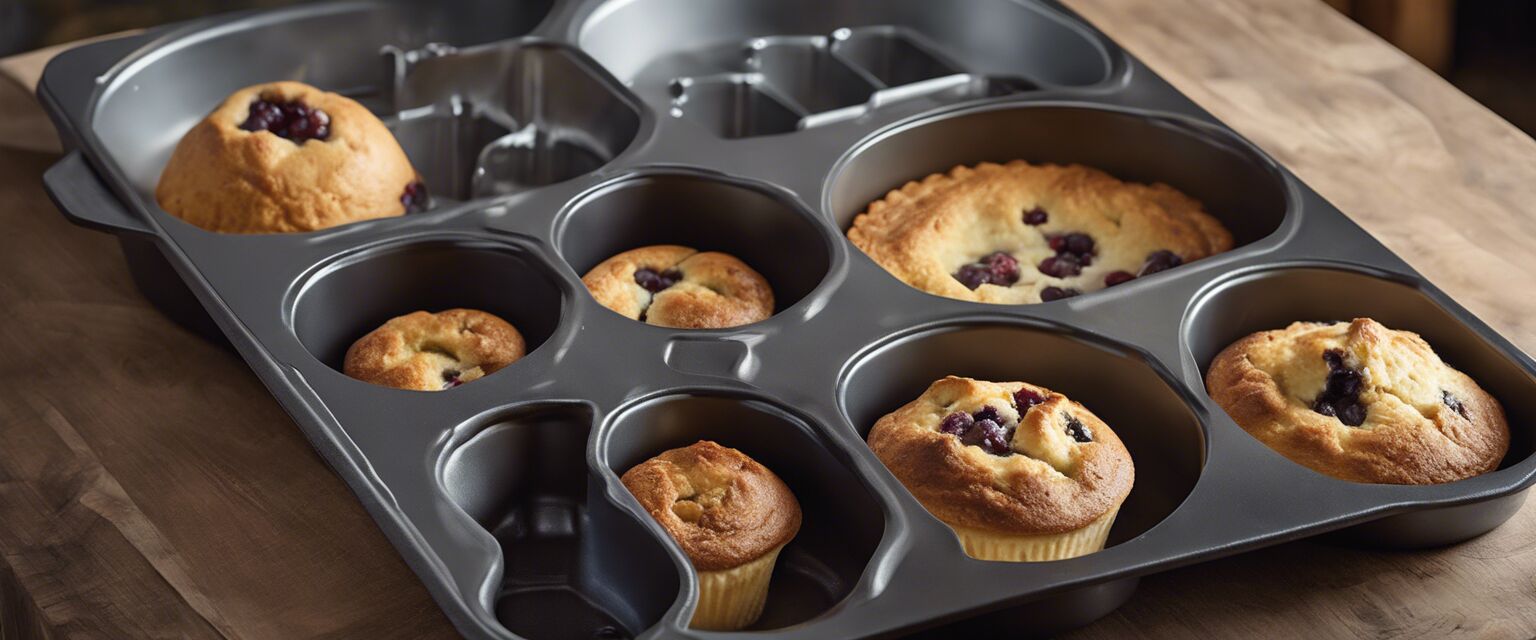
Choosing the Right Cookware and Bakeware
Selecting the right cookware and bakeware is crucial for optimal cooking and baking results. Here are some factors to consider:
| Factor | Cookware | Bakeware |
|---|---|---|
| Material | Stainless steel, cast iron, non-stick | Metal, glass, silicone |
| Heat Conductivity | Good conductivity for even cooking | Varies; metal conducts heat well, glass retains heat |
| Ease of Cleaning | Non-stick options are easy to clean | Silicone is flexible and easy to clean |
| Durability | Can last for years with proper care | Glass may break; metal is generally more durable |
Care and Maintenance
To ensure longevity and performance, proper care and maintenance of your cookware and bakeware are essential. Here are some tips:
Tips for Beginners
- Always follow the manufacturer's care instructions.
- Use non-metal utensils on non-stick surfaces to avoid scratches.
- Regularly check for signs of wear and replace items as necessary.
- Store items properly to avoid damage.
Conclusion
Understanding the differences between cookware and bakeware, as well as their various types, is crucial in creating a well-equipped kitchen. By choosing the right items and taking care of them, you can enhance your cooking and baking experiences. Remember, investing in quality cookware and bakeware is key to achieving great results in the kitchen.
Pros
- Diverse options for various cooking and baking needs.
- High-quality materials enhance cooking performance.
- Proper care can lead to long-lasting kitchen essentials.
Cons
- Initial investment can be high for quality items.
- Some materials require special care and maintenance.
- Not all items are versatile for different cooking methods.
Explore More
For more information on kitchen essentials, check out our other categories:
